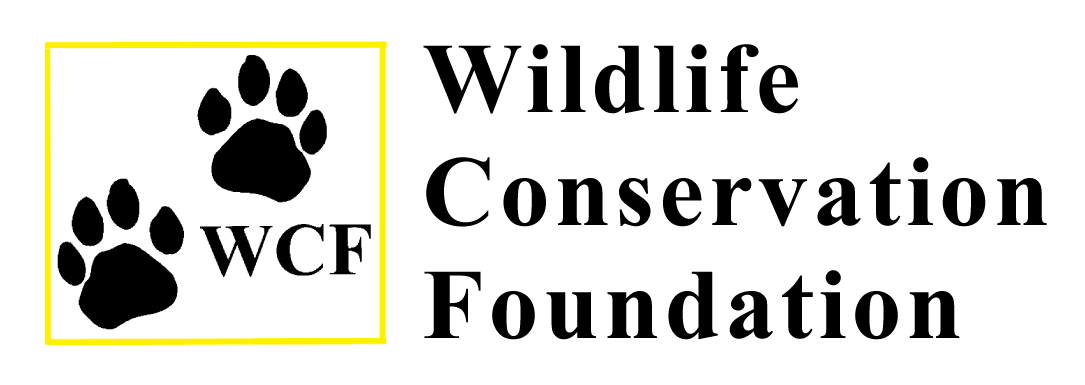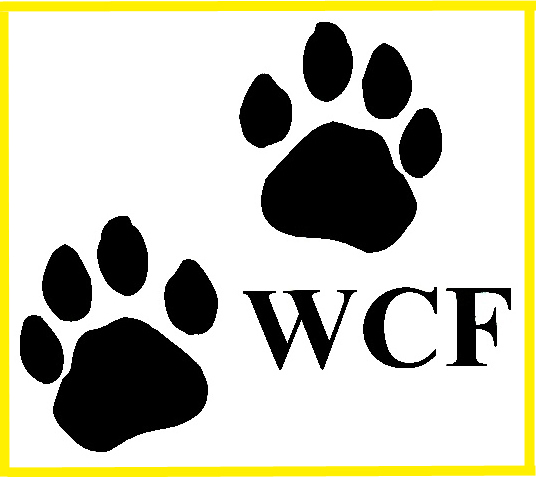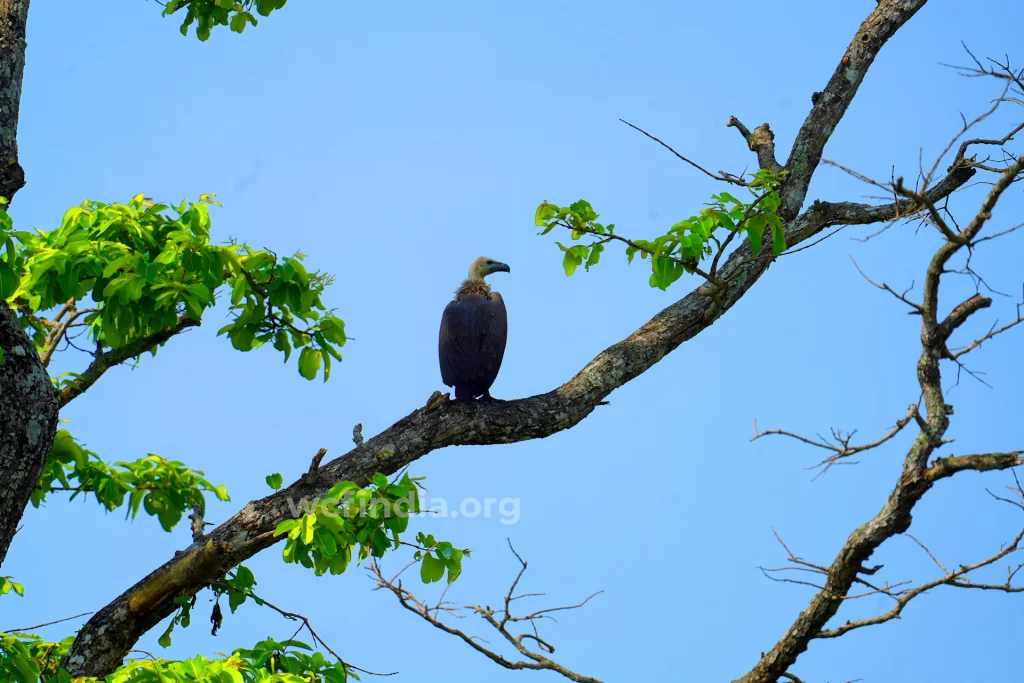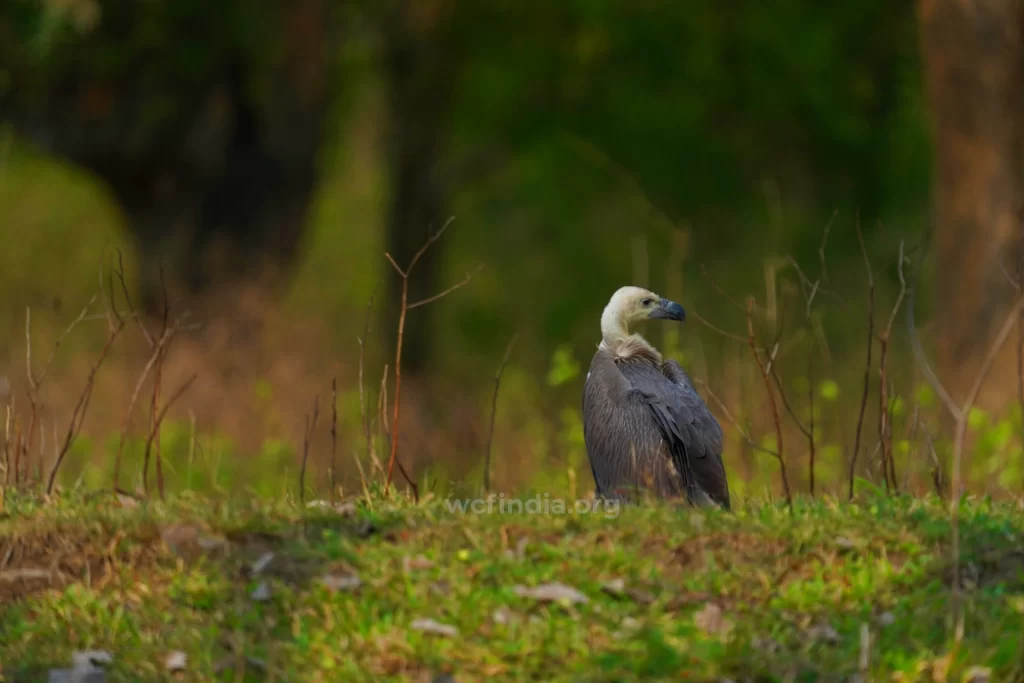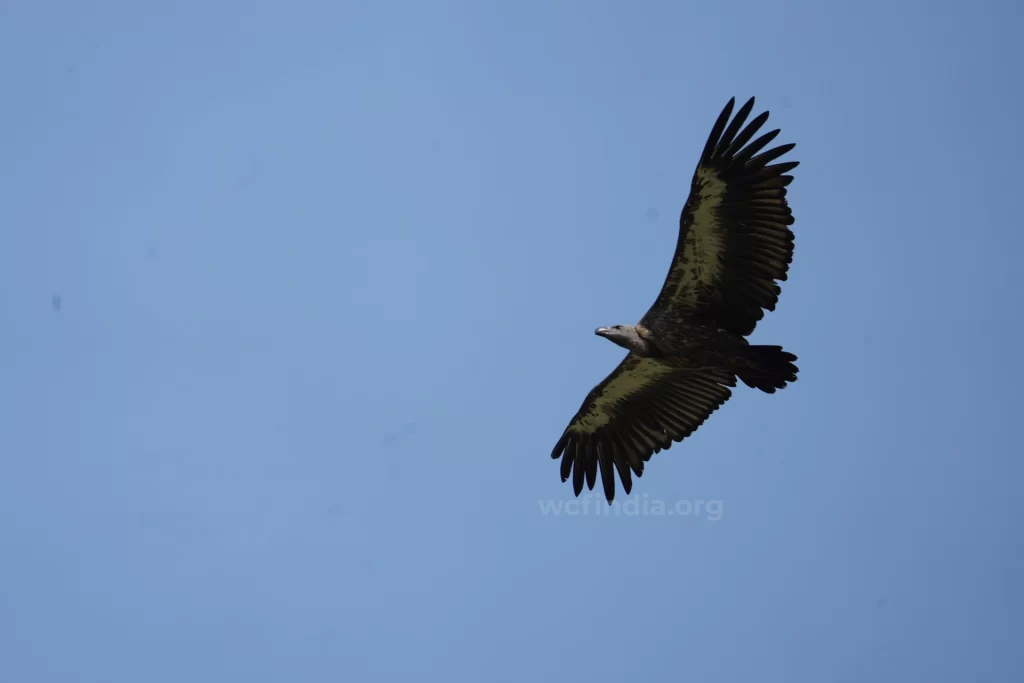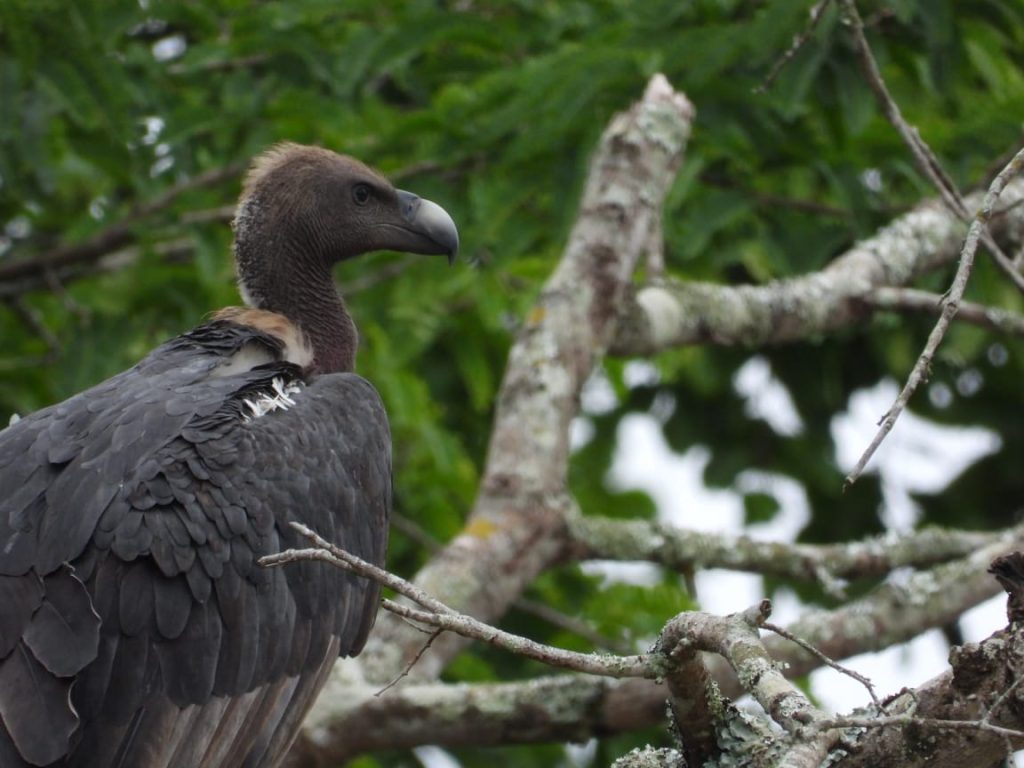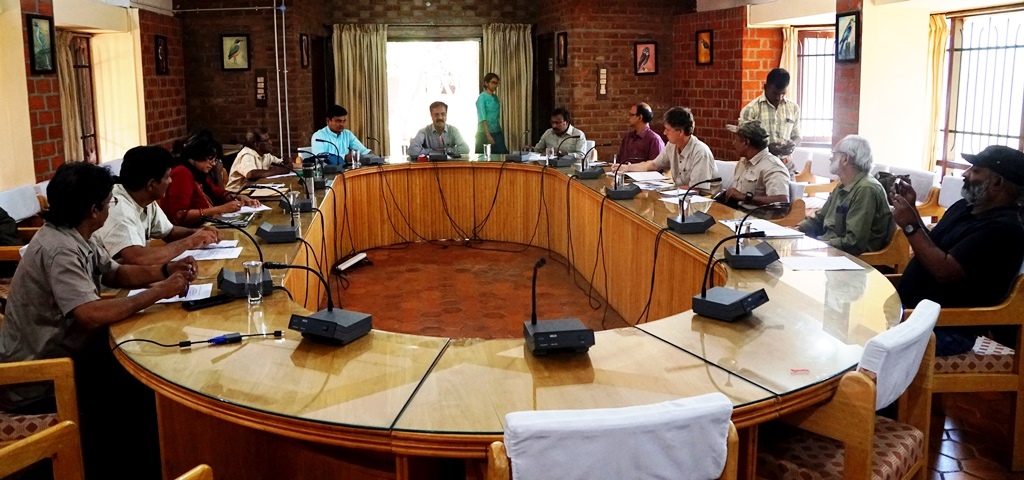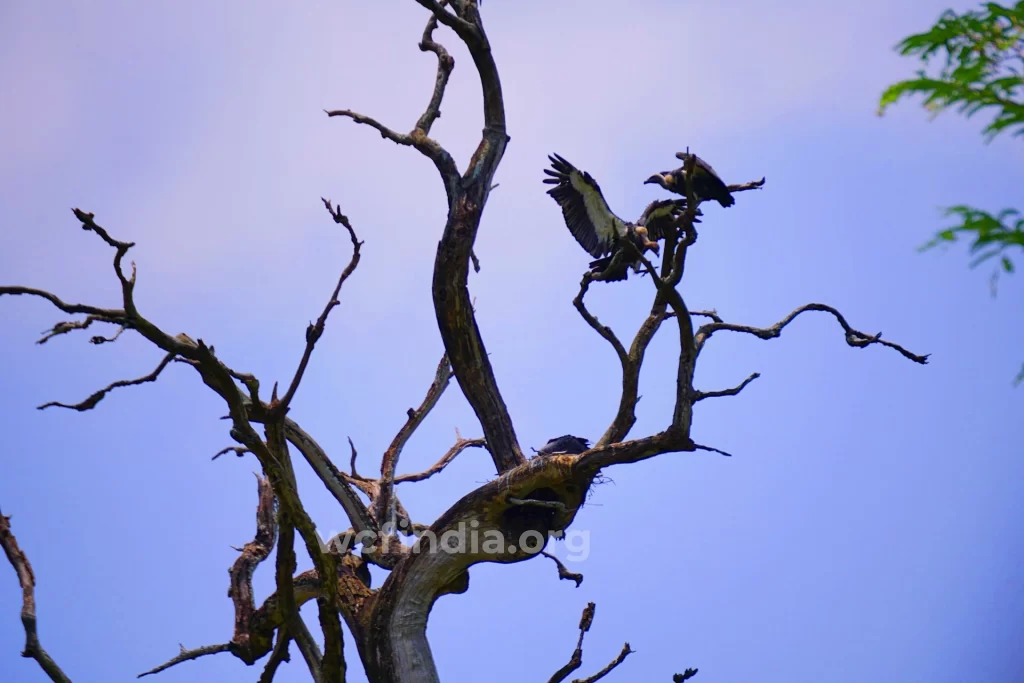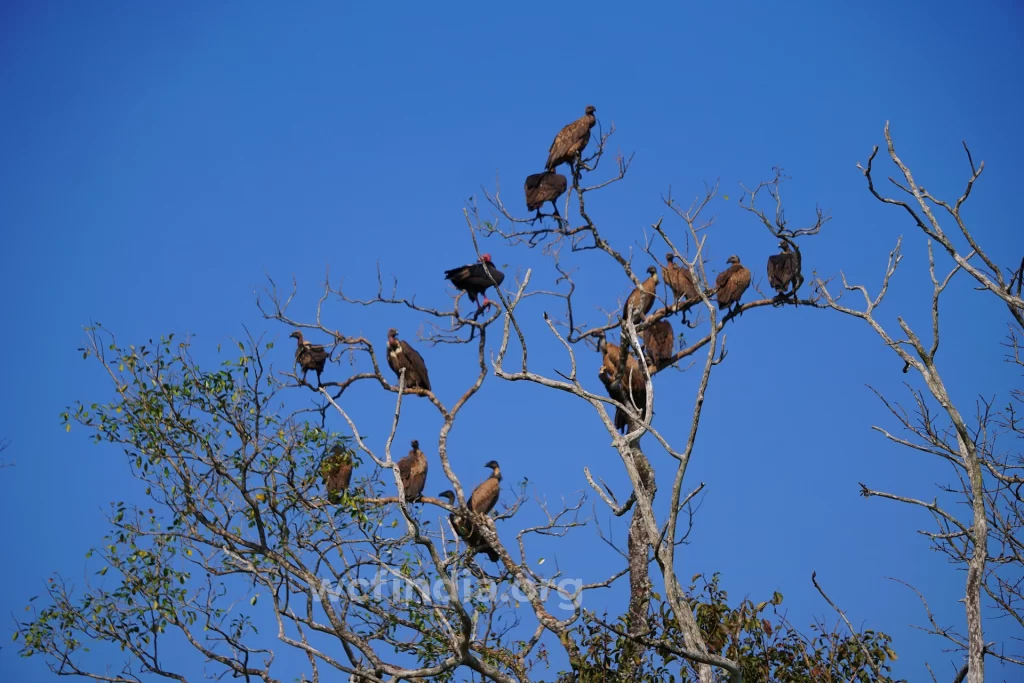Saving Vultures
Veterinary use of NSAID drug Diclofenac has caused a major decline for vulture species across the Indian subcontinent. Eventually, it has resulted in pushing the most important scavenger to near extinction. Vulture creates an ecological balance by scavenging the dead. 9 Species of vultures have been recorded in the Indian subcontinent among which 4 have been identified in the Mysore Malenad Tiger landscape. Among these, 3 are critically endangered and 1 endangered. WCF aims in engaging stakeholders such as the forest department as well as the people living in the surrounding high pressure area to engage in community-based conservation of vultures.
5 most relevant strategies for successful implementation:
- Population estimation and status of vultures
- Identifying the ecological niche of vultures
- Identification, sampling and mapping of feeding sites
- Mapping usage of Diclofenac and other harmful drugs for vulture along the Mysore Malenad Tiger landscape
- Establishing community and stake holder participation in phasing out the usage of Diclofenac through awareness programmes
5 most relevant results expected:
- Landscape level Population of vultures
- Enabling and strengthening community level stake holders for conservation of species not only vultures but the entire ecosystem.
- Scientific and feasible management methods for vultures in the state for the government agencies.
- Established Vulture Safe Zone with the help of stake holders
- Vulture task force for long term conservation monitoring with help of stake holders
JATAYU:
A flagship programme named “JATAYU” will be created irrespective of socio-cultural differences under which community engaged vulture artefacts to wall paintings to celebrating vulture days will be organised in specific places like milk dairy, cattle Sandie’s, educational institutions etc.
WCF will be partnering with other government agencies:
- The Karnataka Forest Department will be one of the stake holders of this project whose roles will be from collection of samples to identifying vulture watchers to policy level matters.
- Other government organisations like Dairy development, local veterinary departments etc. will involve in sampling process and conservation awareness programmes.
